Tuesday, 1 December 2009

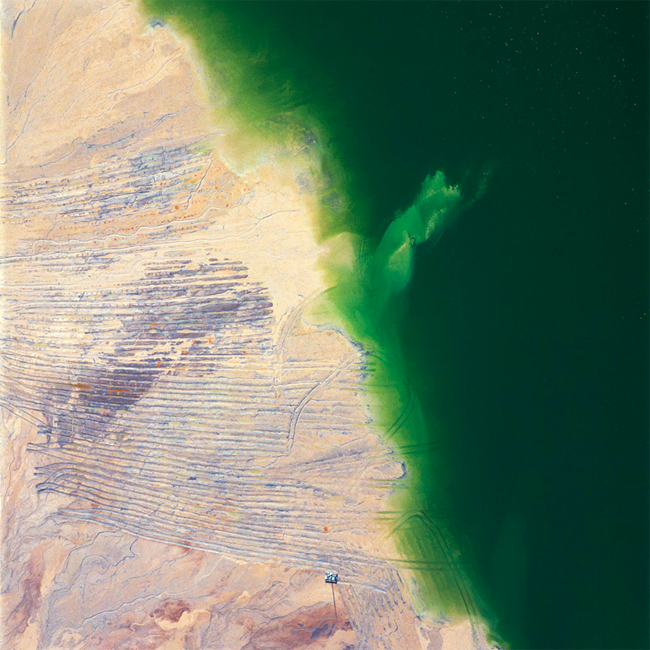
Legislation governing mining activity in the United States dates from over 135 years ago. The 1872 Mining Law was ratified in an era when this country sought to develop the West and exploit natural resources without regard to environmental consequences. As a legacy of this antiquated law, more than a century of mining has left the West deeply scarred. Modern mining techniques carve out entire mountains and utilize tons of toxic chemicals at massive industrial sites. According to the Environmental Protection Agency, mining is the country’s largest source of toxic pollution.
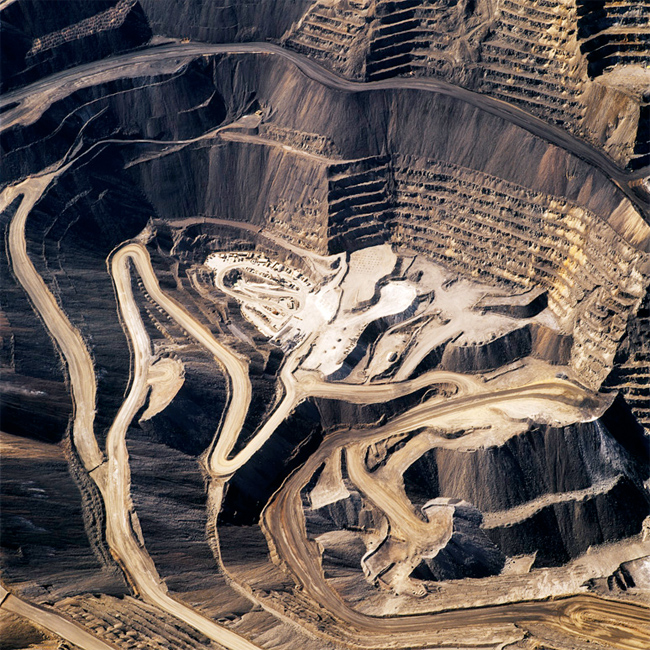
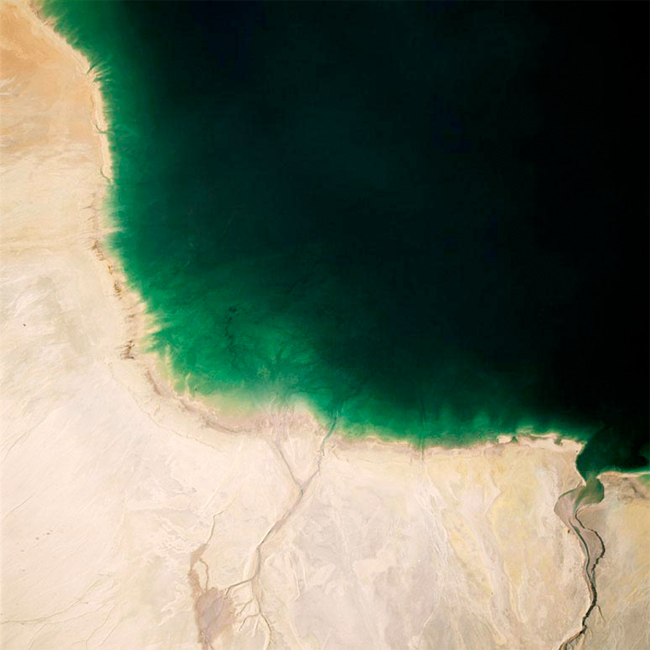
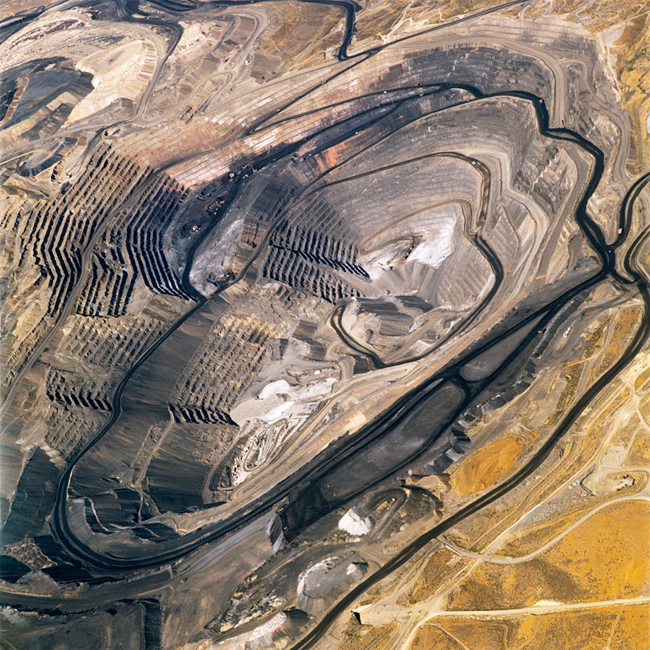
With the mining sites, I found a subject matter that carried forth my fascination with the undoing of the landscape, in terms of both its formal beauty and its environmental politics. The active and abandoned tailings ponds I have photographed, for example, are strangely beautiful - yet they are also chock full of cyanide, which is used in the recovery of microscopic particles of gold from the waste tailings of copper mines… The mining process also exposes sulfide minerals to water and air, forming sulfuric acid. This acid then dissolves other harmful metals -such as arsenic- present in the surrounding rock. Acid mine drainage is particularly destructive as it can occur indefinitely, long after mining activity has ceased. Cyanide and sulfuric acid heap leaching is also employed to extract microscopic particles of precious metals from mined ore, often permitting these deadly solutions to contaminate surrounding groundwater.
… Rather than a condemnation of a specific industry, however, my images are intended as an aesthetic response to such despoiled landscapes. These sites are the contemplative gardens of our time, places that offer the opportunity to reflect on who and what we are collectively, as a society.
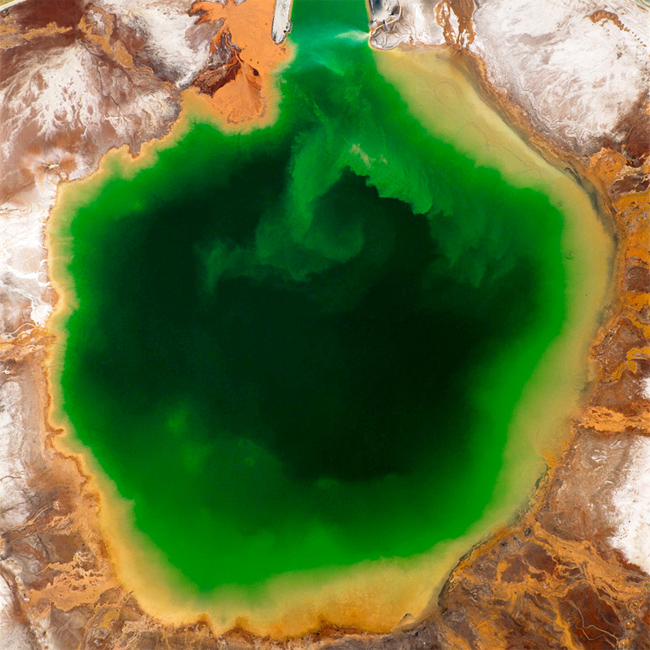
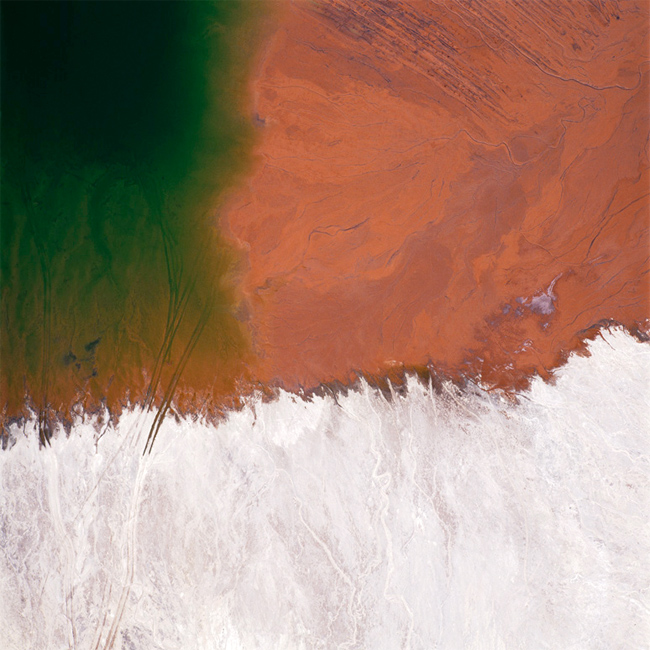
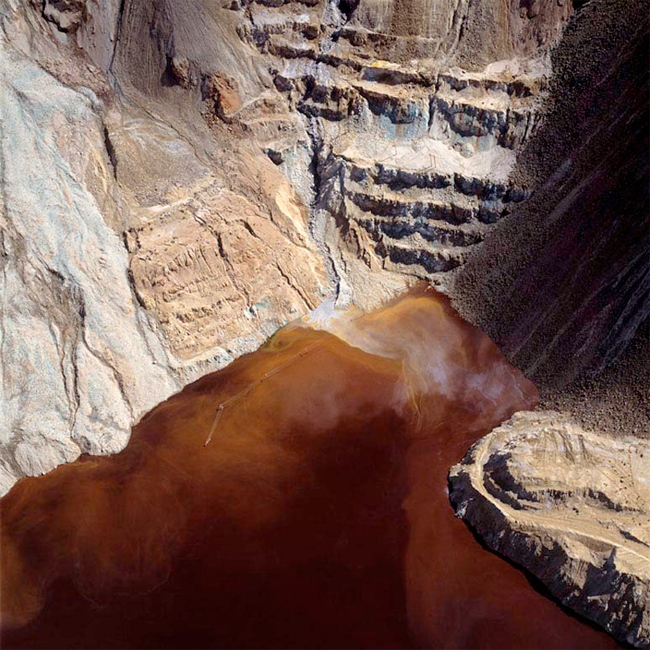
Perhaps one day, out of necessity, we will be adopting gas masks and hazmat suits as part of our daily attire. Will man will be the undoing of nature? If so, will man also be the undoing of man himself?
Text and images sourced from David Maisel. Please visit his website to view more of his work.
Tags: Environment, Photography
Posted in Uncategorized | No Comments »
Friday, 27 November 2009

I grew up rather androgynous. I was not never masculine, but never overtly feminine either. I suppose it contributed to my status as a social outcast all through school. No friends, yet no enemies. As I grew up, this state of being persisted. I still do not get along with men who possess typical male traits (sports fanatics and car aficionados and the like-minded); but I fare no better with womenfolk. Perhaps this is one of the reasons for my nonchalance towards affairs of the human heart - I am X nor Y. But I do recognise beauty, sensuality and lust. These paintings by Yury Darashkevich are dripping, quite literally, with them all…



Images by Yury Darashkevich.
Tags: Art, Painting
Posted in Uncategorized | 1 Comment »
Thursday, 26 November 2009
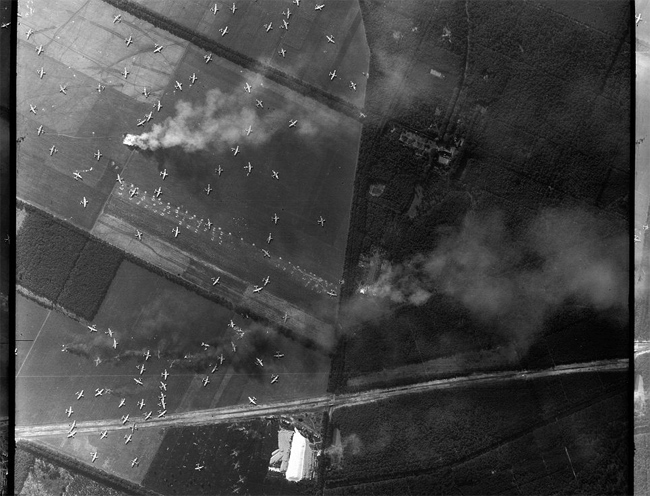
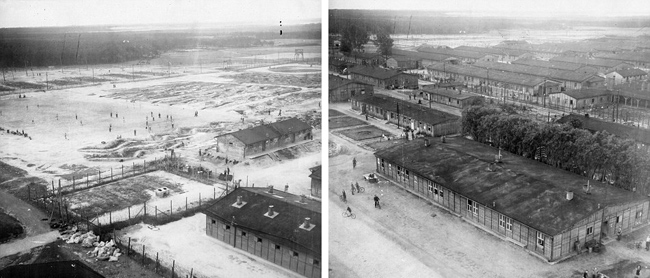
Long before the days of Google Earth, highly skilled airmen who took [these pictures] flew alone, by day and night, in unarmed Spitfires relying on their wits as they risked their lives to capture the images on their plane-mounted cameras. Sometimes their planes were painted pink, as the unusual colour proved very good at hiding the aircraft against a background of low cloud. For high altitude missions, the planes were painted a dark shade of blue.
But often they still found themselves targeted by anti-aircraft missiles. Hundreds of them never returned home. Those that did brought with them photos vital to the war effort.
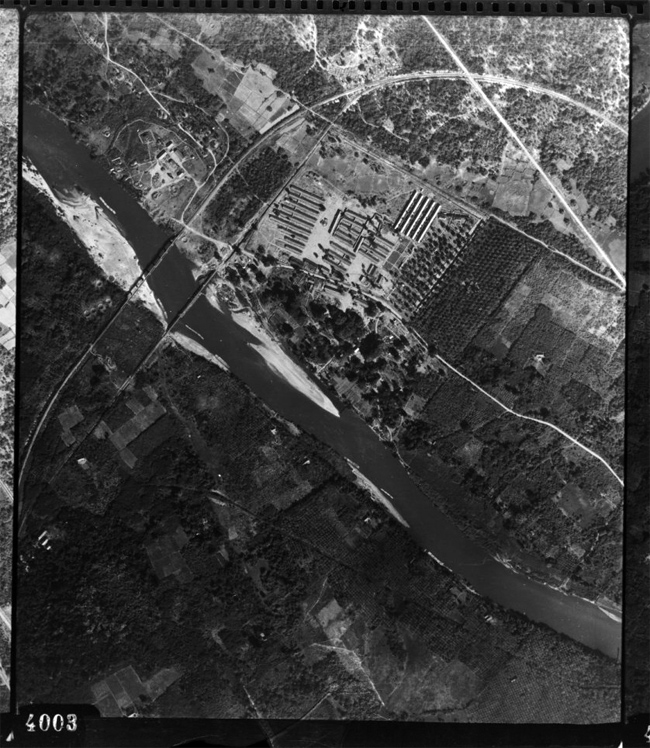
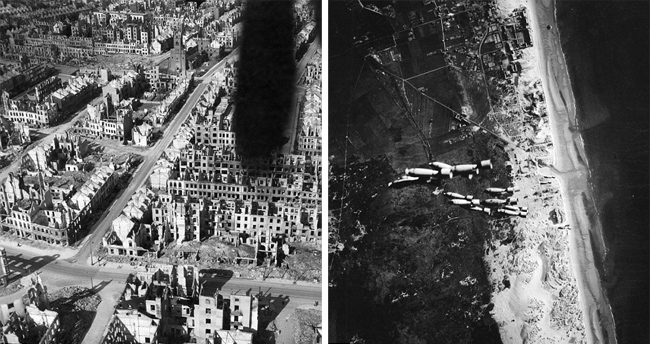
Expert photographic interpreters studied the pictures using optical instruments such as stereoscopes to view them in 3D to build up detailed information for intelligence reports and models used in military planning for operations such as the D-Day landings. The ‘detective’ teams, who were headquartered in a stately home in Buckinghamshire at RAF Medmenham - MI4’s Allied Central Interpretation Unit - included Oxbridge academics, geographers and archaeologists.
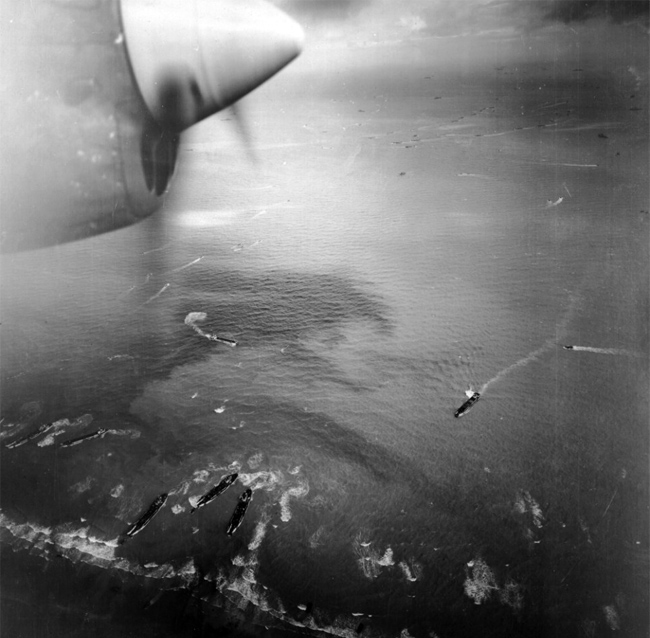
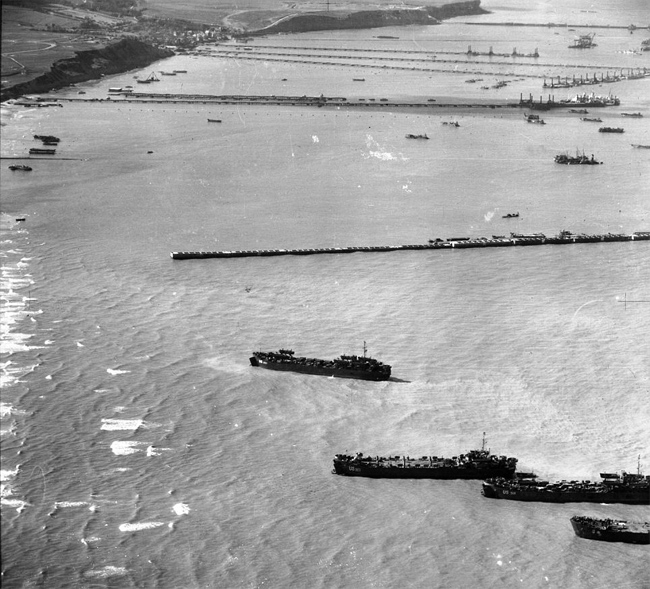
Around 4,000 images from the archive [are available for viewing online] at aerial.rcahms.gov.uk, with more to be added.
Images and text sourced from Daily Mail.
Tags: History, Photography, War
Posted in Uncategorized | No Comments »
Wednesday, 25 November 2009
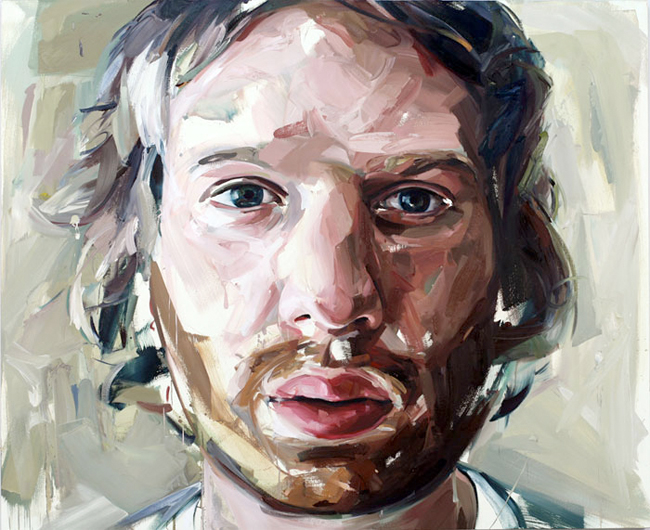
I stared at myself in the mirror yesterday, observing the wear and tear of time - the newly sprouted grey hairs, the fine lines creeping out from the creases of my eyes, the once-supple skin reduced to a rough hide… I have changed.
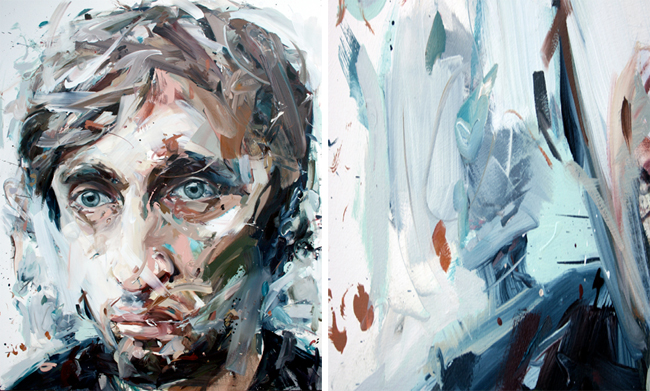
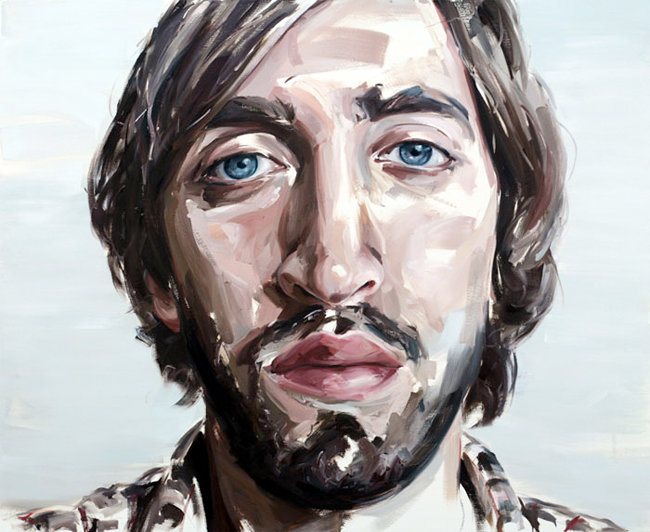
In my… work I explore notions of singularity, concepts of time and patterns of change. Today, modernity requires that each of us navigate a blizzard of information. How this maelstrom of data is interpreted and synthesized constructs an individual’s paradigm. However, the qualities of the data are subject to a Catch-22: while the data works to describe an individual’s paradigm, an individual’s paradigm likewise works to describe the data. With so much accessible information, yet so little certainty, are our interpretations more complex or confused, more varied or more refined? Is the course of progress more accessible, or more elusive?
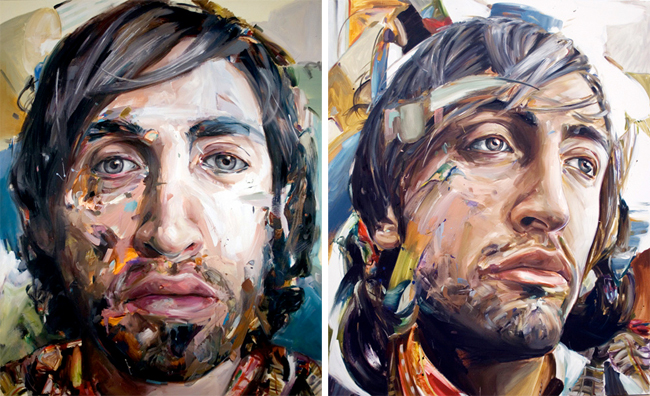
To view more of this Vancouverite artist’s work, please go to his website.
Tags: Art, Painting
Posted in Uncategorized | No Comments »
Tuesday, 24 November 2009

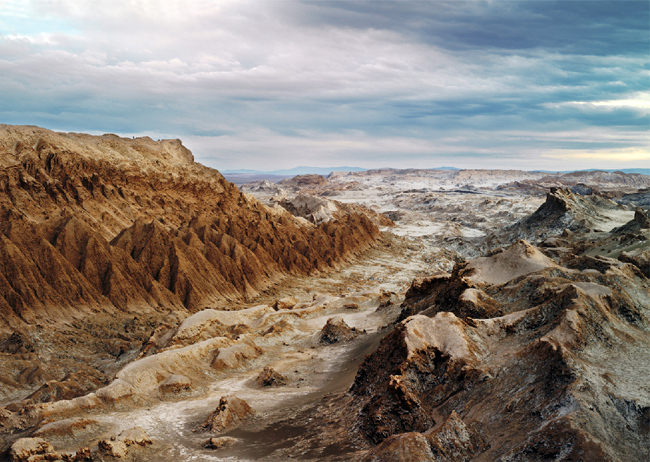

I have not even explored 0.001% of Earth, so perhaps it is best for me, before I fantasise about alien adventures, to venture out into the rest of this Earth… Wanderlust.
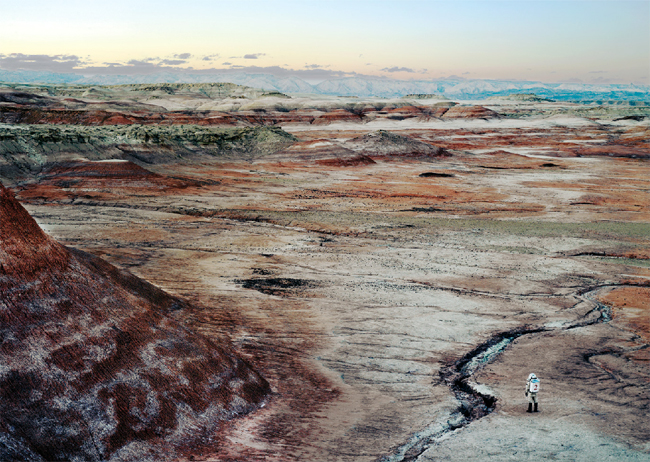
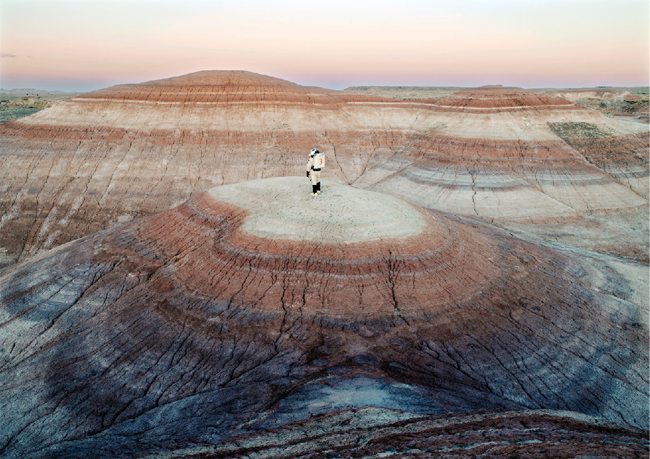
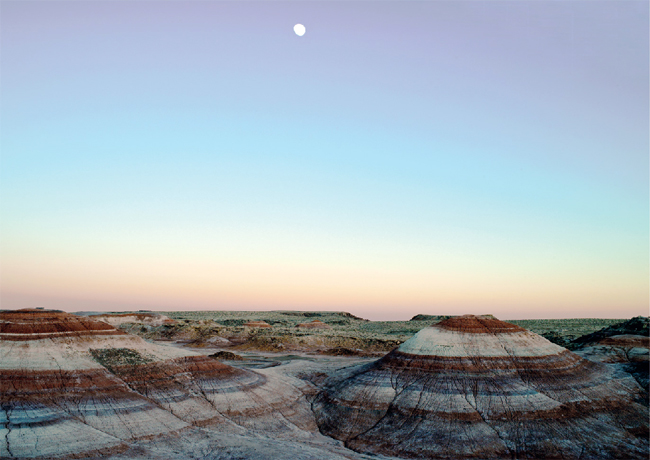
Images from Vincent Fournier’s Space Project Series.
Tags: Photography
Posted in Uncategorized | No Comments »
Monday, 23 November 2009
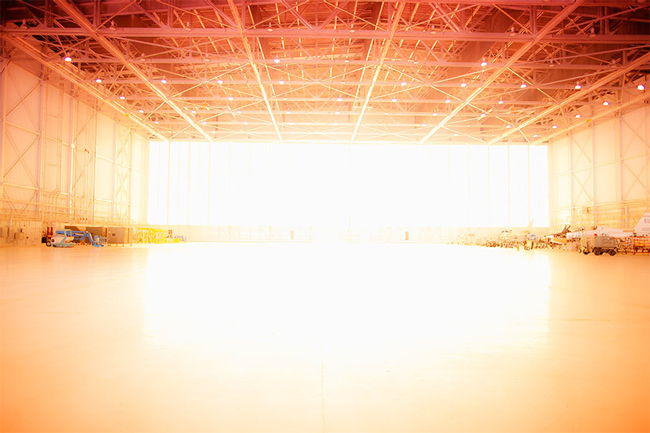
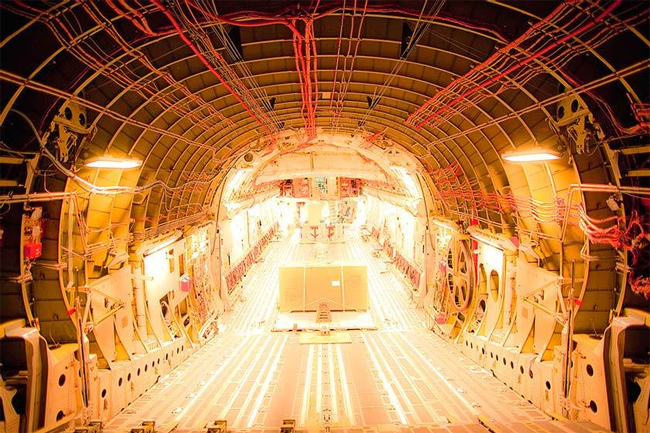
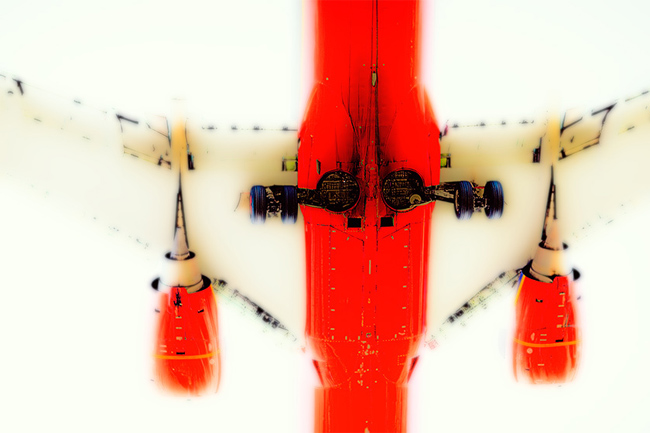
Our earth occupies so small a space in the great universe. What lurks out there? This thought has been with me for as long as I can remember. Certainly ours cannot be the only planet with living organisms? I will most likely never get the chance in my life to explore the depths, see alien entities and touch unknown matter. Though how I wish I’d have this chance - to put on a space suit, to experience the deafening silence, to not be bound by the laws of Physics pertaining to Earth… To be free. To feel light. To float into the abyss…
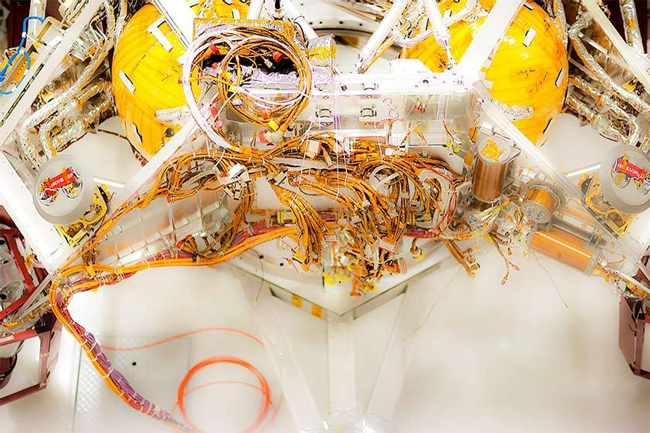
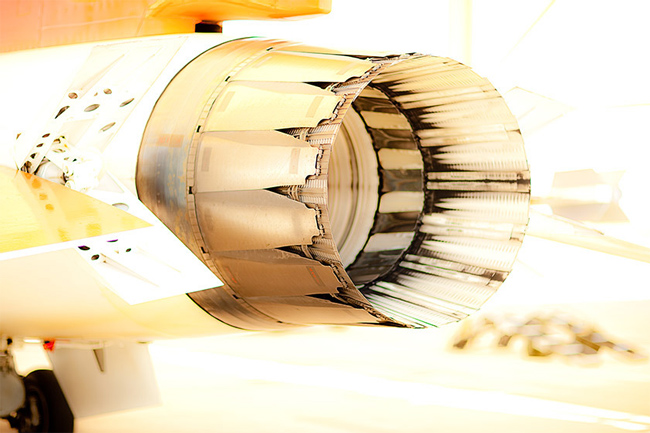
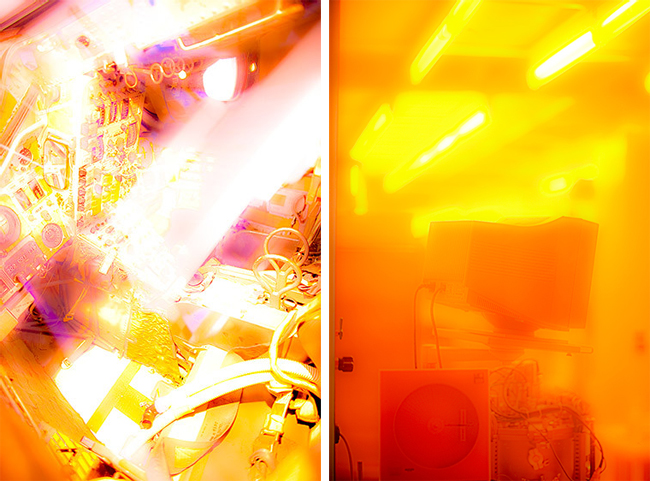
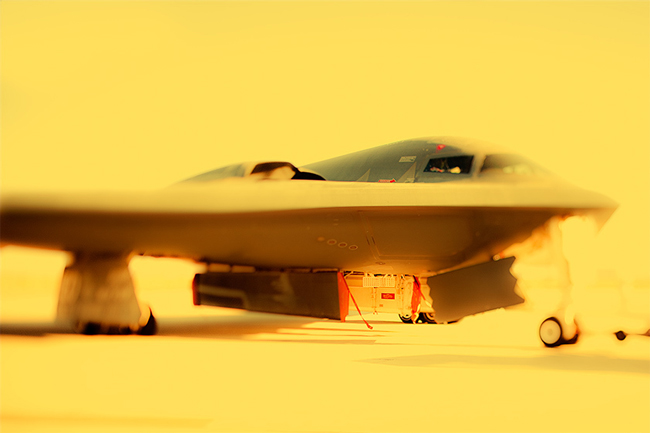
Images from Michael Salvatore Tierney’s series titled Aerospace.
Tags: Photography
Posted in Uncategorized | No Comments »
Friday, 20 November 2009
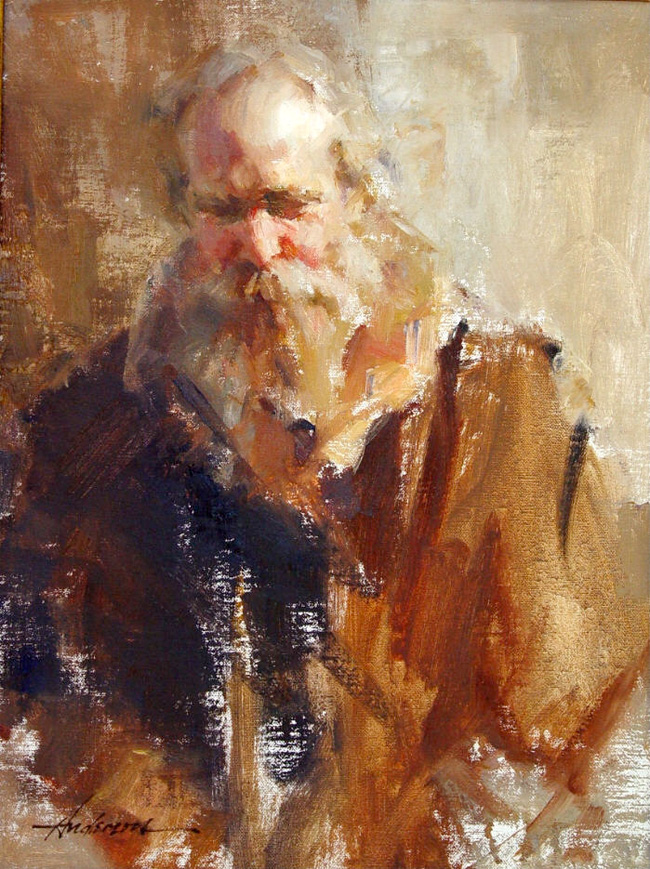
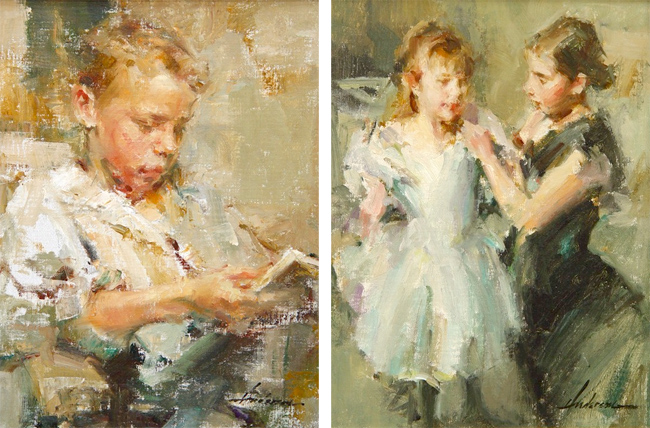
These past few days have been a blur for me. I had trouble allocating time to attend to all my responsibilities, so I do not remember much of my recent experiences and interactions. Today, as I was standing in the subway and mesmerised by the life that passed me by outside, I was reminded of the people I knew whom are no longer alive. Fragments - wisps of their image - unfurled, loosely formed in their ghostly likeness. Have I forgotten how they look?
Carolyn Anderson’s brush work bears the same impression. The subjects are there, as partial forms with undefined features, recalling the elusive memories that slip by with time and age. They will soon be gone…
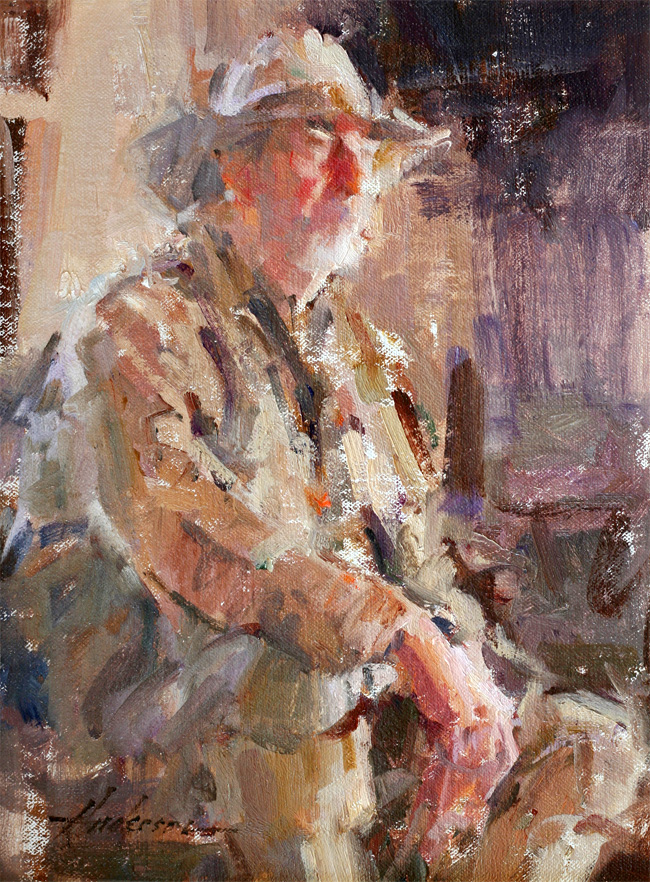

To view more of Carolyn Anderson’s work, please visit her website.
Tags: Art, Painting
Posted in Uncategorized | No Comments »
Tuesday, 17 November 2009
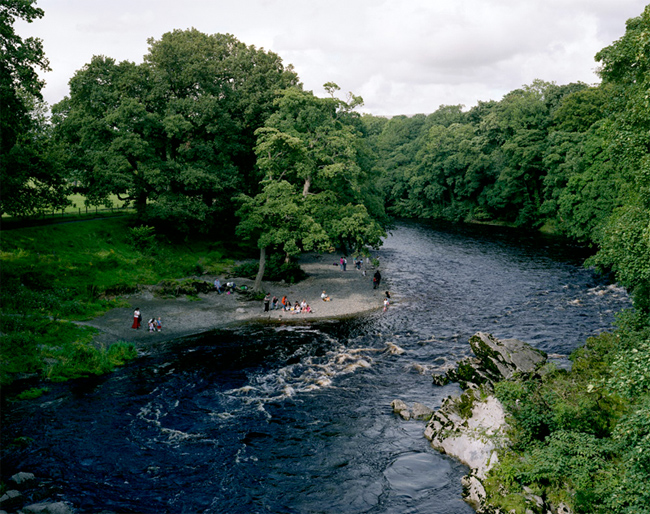
I was born in Croydon, South London, in 1974. My mother is a Northerner, hailing from Cleator Moor in Cumbria, who met my London-born father when they were both working in the capital. My formative years were spent in the provincial town of Oxted, in Surrey’s commuter belt, while holidays were often spent walking in the Lake District (normally in the rain) or visiting my grandparents in Angmering, a retirement town on the South Coast. Alongside these childhood memories, and the range of associations and images they suggest, the starting point for [this series, called] We English, was to explore themes of identity, memory, history and attachment to place - of belonging… Having returned from Russia in late 2005, where I’d spent the year travelling across the country with my wife I began to pursue the idea of another journey, this time around my own homeland, England.

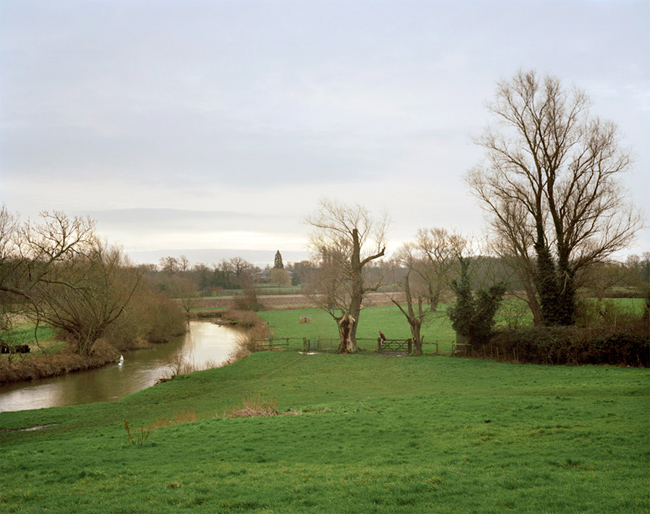
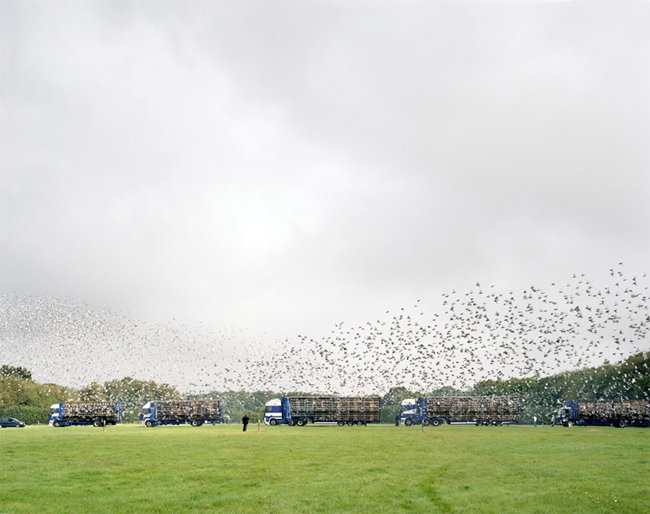
Unremarkable beginnings, you might think, and for many people, they are merely typical childhood memories. Yet they spark off a range of associations and images, of feelings and senses, which all helped begin the process of making [this series]. Initially, I was simply thinking about Englishness and how my upbringing had been quintessentially English. How much of this was an intrinsic part of my identity? In what ways was my idea of what constitutes an ‘English life’ or English pastimes (if there are such things) different to those of others’? My own memories of holidays, for example, were infused with very particular landscapes; the lush green-ness around Derwent Water or the flinty grey skies - and pebbles - of Angmering’s beaches. It seemed to me that these landscapes formed an important part of my consciousness of who I am and how I ‘remember’ England.
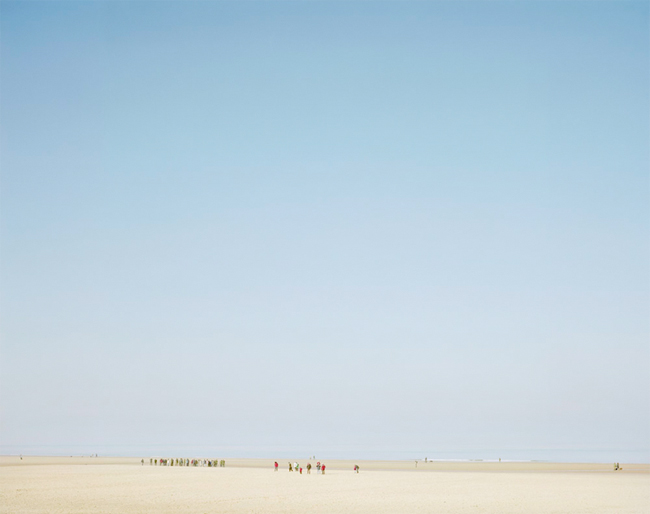

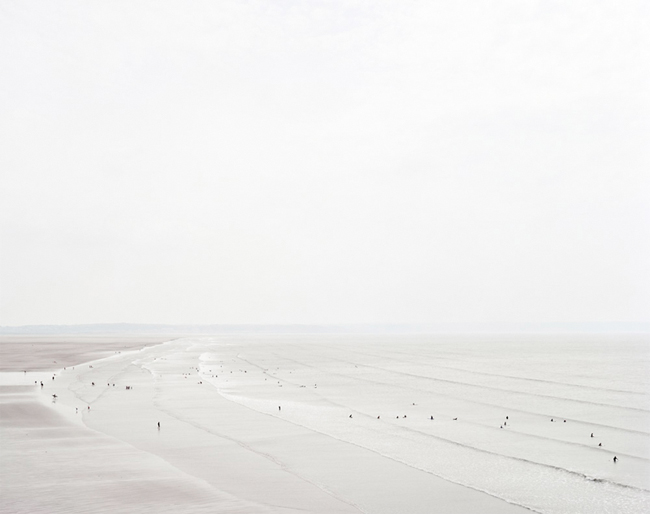
Having moved to Vancouver for 10 years now, I really feel that Vancouver is my home. However, every now and again, I encounter a situation in which I feel completely alien. I still experience culture-shocks. I did go back to my home town earlier this year, but my decade-long absence has all but made me feel equally alien there. So where do I fit in? Perhaps it is time to explore my roots again…
Additional text from We English. Visit Simon Roberts’ site to view more of this series.
Tags: Photography
Posted in Uncategorized | No Comments »
Friday, 13 November 2009
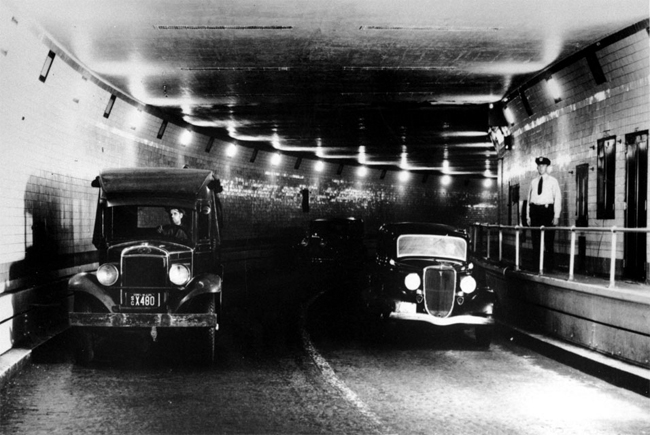
Holland Tunnel opened on November 13, 1927, with President Coolidge pressing a golden lever that triggered American flags on both sides of the tunnel to separate. This photo shows trucks and cars crossing the Hudson River through the tunnel, providing access from New York City to New Jersey.
Image from ArtDaily.
Tags: History
Posted in Uncategorized | No Comments »
Wednesday, 11 November 2009
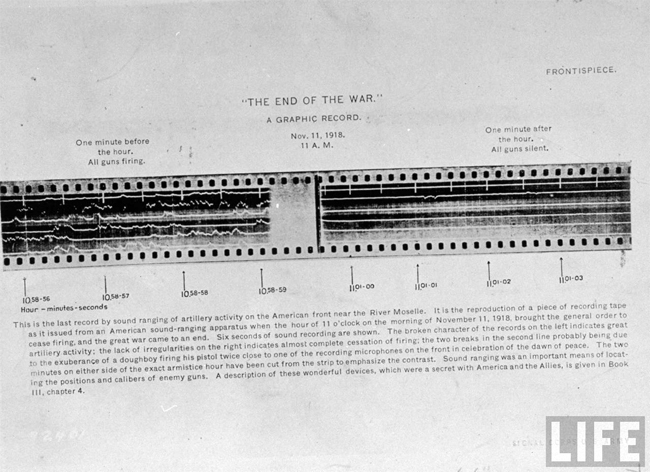
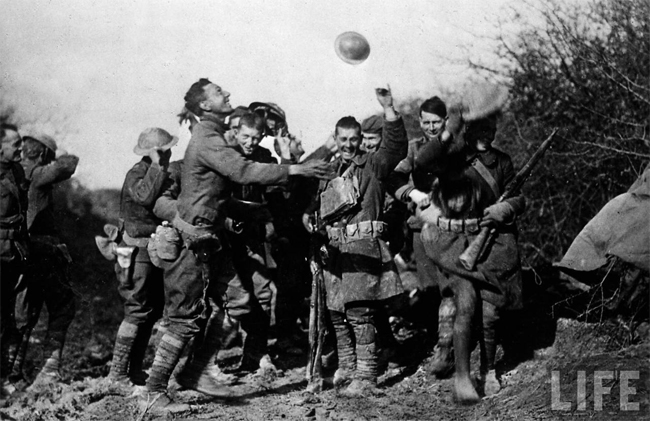
The final Allied push towards the German border began on October 17, 1918. As the British, French and American armies advanced, the alliance between the Central Powers began to collapse. Turkey signed an armistice at the end of October, Austria-Hungary followed on November 3.
Germany began to crumble from within. Faced with the prospect of returning to sea, the sailors of the High Seas Fleet stationed at Kiel mutinied on October 29. Within a few days, the entire city was in their control and the revolution spread throughout the country. On November 9 the Kaiser abdicated; slipping across the border into the Netherlands and exile. A German Republic was declared and peace feelers extended to the Allies. At 5 AM on the morning of November 11 an armistice was signed in a railroad car parked in a French forest near the front lines.
The terms of the agreement called for the cessation of fighting along the entire Western Front to begin at precisely 11 AM that morning. After over four years of bloody conflict, the Great War was at an end.
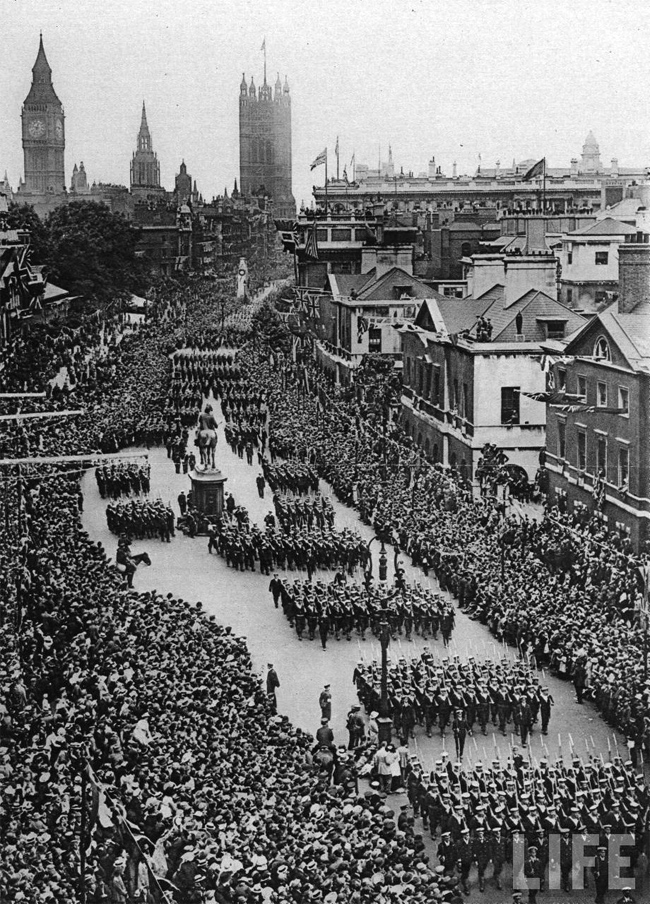
Text sourced from EyeWitness to History. Images from Life.
Tags: History, Tribute, War
Posted in Uncategorized | No Comments »



















































